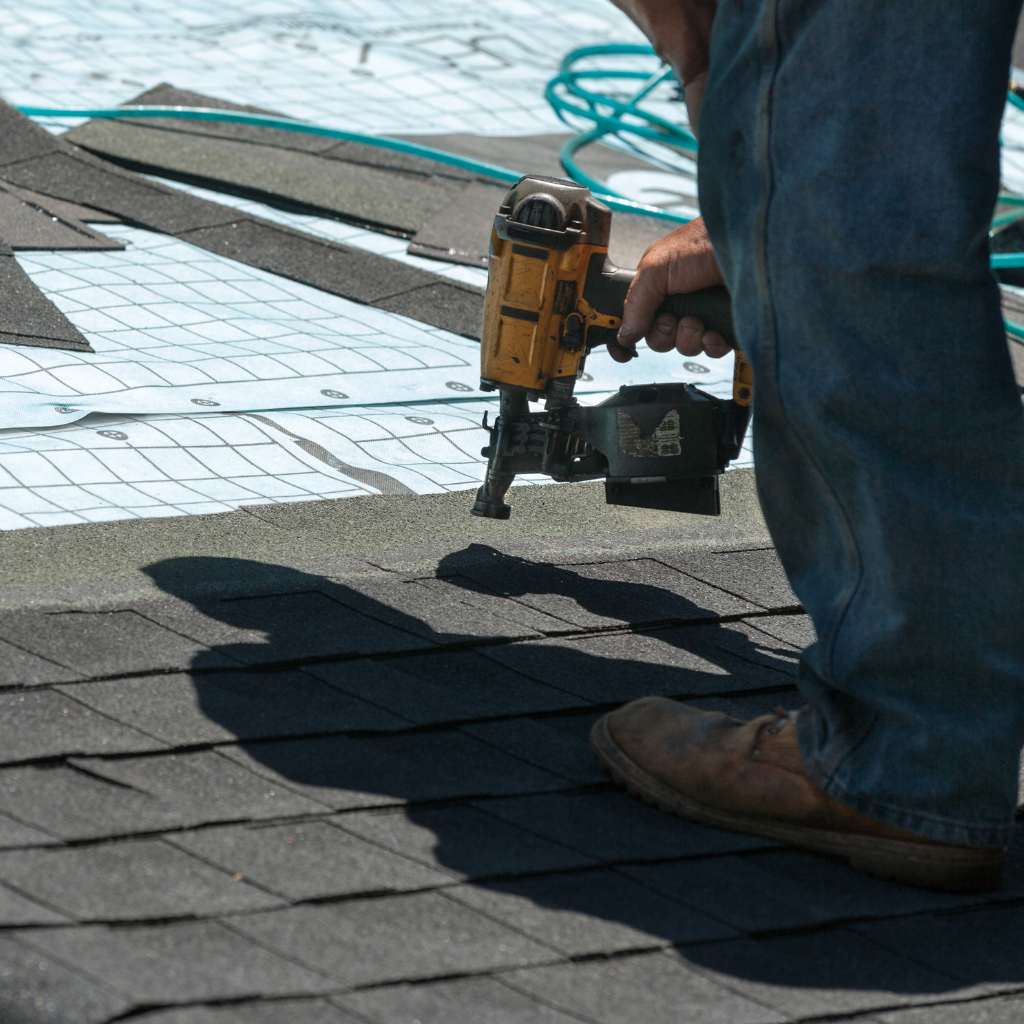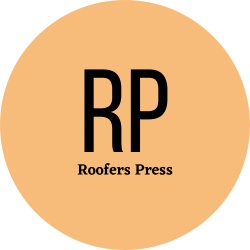How to Repair Roof Tiles
by siteadmin

Shingles shield your roof from water and weather damage. When they are damaged, or worn down, they should be repaired.
A damaged shingle can be repaired by yourself, but a professional is always recommended. It's best to fix the shingles before they cause damage to the rest. You'll save yourself from a lot of headaches later.
Remove damaged Shingles
Winds can damage your roof, and shingles may come off. This can happen due to a variety reasons, including incorrect nail placement, loosening nails, shingles too weak, and an adhesive that hasn't fully cured.
If you're handy, you can replace the blown-off roof shingles on your own. If you're not confident or don't own the necessary tools, we recommend hiring a professional.
Once the shingles have been removed, apply roofing compound to the roof edges to seal them. This will increase the water resistance of the new shingles and prevent any damage from a storm.
After completing your shingle repair work, clean the area thoroughly. This will prevent debris from falling over your house and creating hazardous situations. Pick up all shingle scraps and place them in a bag. Then, use a magnetic brush to sweep the yard and collect any nails.
Applying Roofing Cement
Roofing Cement is an adhesive used to repair roof problems such as leaks, dislocated or missing shingles. It can be used to repair small holes or cracks in the shingles.
It's important that you use the correct roofing cement for your project, whether you're a DIYer. Or if you have an urgent roof problem. Improper use can cause water damage, and other issues in the future.
Roofing Cement is a mixture of emulsified (bitumen) asphalt, refined mineral spirits and non-asbestos reinforcement fibers. It comes in many different formulas that are applied either wet or dried. It can be applied to all types of roofs whether they are residential or business, but some roofing materials might not be compatible.
Placement of New Shingles
Install the drip edge before laying the shingles. Underlayment should protect the sheathing beneath the shingles and be waterproof. The drip-edge should be straight and smooth with a slight overhang of about half an inch.
For three-tab roof shingles, align the tabs with the layout line. Drive nails 1/2 inch above each slot (including the half slots). If you don’t, your roof will look unprofessional. The tabs will drift between courses.
It is important to install flashing around chimneys, stack pipes and vents because these areas tend to be the most prone to leaks. Metal flashings are nailed, sealed and used in conjunction with shingle installations to prevent water intrusion.
Apply a new flashing to the valley at the end of every shingle course where two roof surfaces meet. This flashing can be nailed directly to the roof deck. It is then sealed with roofing cement.
Cleaning Up
The cleanup after a roofing job is important. This should only be done carefully, so that no shingle parts end up in your landscaping or on your property.
You should also pick up any nails that have been left. This is a mistake that many home owners make, and it can lead them to injury or other problems.
You should also clean up bird poop as soon you see it. This feces contains acids that can damage the roof.
A roof that is growing algae, lichens, or moss may also need cleaning. These growths thrive at damp areas and can cause your roof to prematurely deteriorate.
Shingles shield your roof from water and weather damage. When they are damaged, or worn down, they should be repaired. A damaged shingle can be repaired by yourself, but a professional is always recommended. It's best to fix the shingles before they cause damage to the rest. You'll save yourself from a lot of headaches…
Recent Posts
- Roofing Companies Port Charlotte
- Roofing Company Savannah Sheds Light on the Lifespan of Roofs: How Long Should a Roof Last?
- New Orleans Concreters Advocates for Stamped Concrete Driveways as the Ultimate Choice for Durability and Style
- A. Parker Contracting Emerges as Premier Roofer in Delaware: Serving Newark and Wilmington Areas with Excellence
- New Orleans Concreters Advocates for Stamped Concrete Driveways as the Ultimate Choice for Durability and Style
